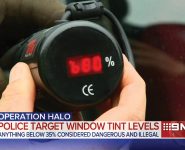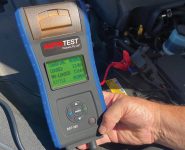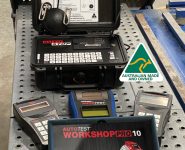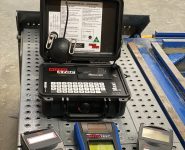NAVIGATING THE COMPLEXITIES OF CAR BATTERY TESTING
AutoTest says its Battery System Tester can help
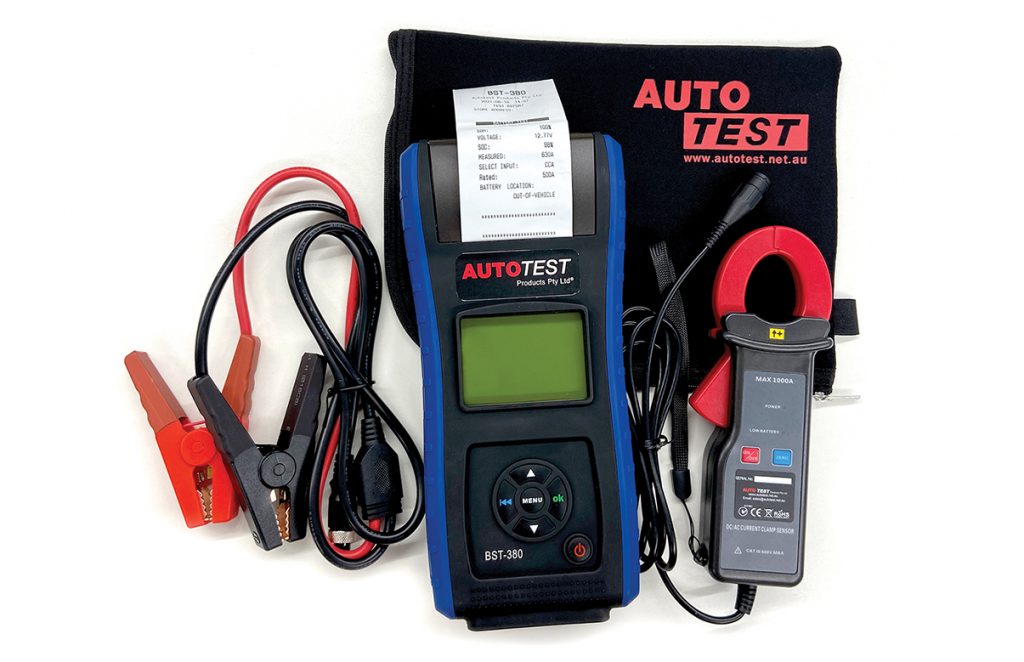
AutoTest says the automotive industry faces a significant challenge in the effective testing of car batteries, impacting repair shops, retail outlets, and service garages alike.
The primary issue revolves around the absence of a reliable method for estimating the state-of-charge, predominantly relying on voltage and charge counting.
While assessing capacity stands as the foremost health indicator of a battery, conventional methods such as measuring open circuit voltage and checking internal resistance often fall short in providing conclusive evidence of a battery’s state-of-health.
When it comes to evaluating batteries operating in the 80–100 percent performance range, AutoTest says the challenge becomes evident.
It states many service and repair workshops find it challenging to implement effective battery testing procedures.
Detecting a dead battery is straightforward, and most testers are highly accurate. Still, the real challenge lies in assessing batteries in use, where traditional methods may struggle to provide precise results.
Battery health assessment should consider capacity (energy storage), internal resistance (ability to deliver current), and factors like self-discharge, cell integrity, and overall health.
Capacity, representing the ability to store energy, emerges as the top indicator of battery health. A new battery should ideally deliver 100 percent of its rated capacity, defining the end of its life cycle. Lead-acid batteries start at around 85 percent and gradually decrease, while lithium-ion batteries begin at peak capacity but experience a slow, continuous decline, explains AutoTest.
Determining the optimal time for battery replacement proves challenging, as battery issues often manifest with increased breakdowns due to inadequate maintenance.
Battery Analysers commonly set the replacement threshold at 80 percent capacity. Different applications may warrant different replacement strategies, and decisions should be based on cost considerations.
AutoTest states that more than 40 percent of roadside car failures are battery-related, with 30 percent involving either a discharged or defective battery.
It says the AutoTest Battery System Tester addresses this challenge by employing an adjustable load test to assess battery usability, measuring voltage drop under load conditions. This method helps determine if the battery is in optimal condition or requires replacement.
The AutoTest Battery System Tester offers a comprehensive view of battery health, serving as a portable, user-friendly tool designed for automotive service, fleet maintenance, and breakdown assist diagnostic use.
By eliminating guesswork, it alerts users to replace batteries before they fail, contributing to efficient vehicle repair.
This professional-grade unit tests all 12V auto batteries, including new auxiliary batteries for hybrids, utilising advanced conductance testing technology.
AutoTest explains that it accurately measures the cold cranking amps capability, overall battery health, and identifies common faults in the vehicle starting and charging systems.
For more information, please visit www.autotest.net.au



